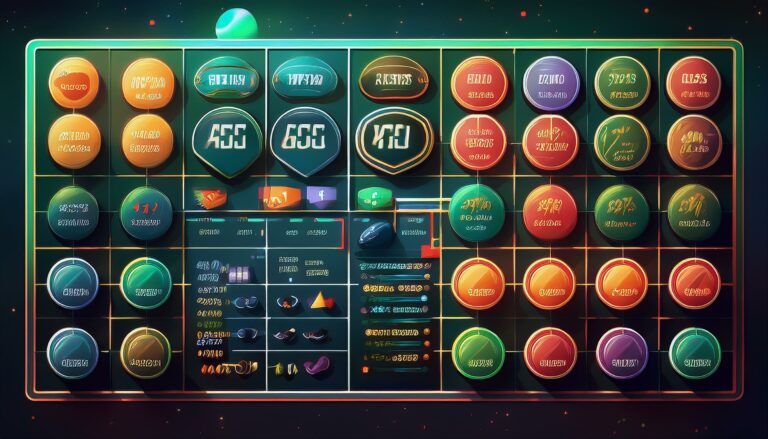Exploring the Role of Technology in Umpiring Decisions
99exch, Gold365: As technology continues to advance across all aspects of sports, umpiring has also seen a significant evolution in the tools and resources available to make accurate decisions. Gone are the days of relying solely on the naked eye – today, umpires have access to a range of high-tech devices such as ball-tracking systems, edge-detection technology, and real-time replays to assist them in making precise calls on the field.
One of the key developments in umpiring technology has been the implementation of the Decision Review System (DRS), which has revolutionized the way in which contentious decisions are reviewed and overturned in cricket. By allowing teams to challenge on-field decisions and providing clear evidence through ball-tracking and hotspot technology, the DRS has increased the accuracy of umpiring decisions and reduced the margin for error in crucial moments of the game.
Challenges Faced by Umpires in Making Decisions
Umpires encounter numerous challenges when making split-second decisions during matches. The fast-paced nature of sports often leaves little time for thorough analysis, leading to potential errors in judgment. Crowd pressure and player reactions can further complicate decision-making, influencing umpires’ calls in high-pressure situations.
Moreover, the human element of umpiring introduces the possibility of human error. Umpires may miss crucial details due to the limitations of the human eye, impacting the accuracy of their decisions. These challenges highlight the need for technological advancements to support and enhance the decision-making process in sports officiating.
Effectiveness of Technology in Umpiring Decisions
With the rapid advancements in technology, the integration of tools like Hawk-Eye and Snickometer has significantly enhanced the accuracy of umpiring decisions in various sports. These technologies provide visual and audio aids that assist umpires in making more precise calls, especially in cases of close calls or controversial decisions. By offering instant replays and detailed analysis of play sequences, technology has reduced instances of human error and increased the overall fairness of the game.
Moreover, the implementation of Decision Review System (DRS) has further improved the effectiveness of technology in umpiring decisions. The use of DRS allows teams to challenge on-field decisions, leading to a more transparent and accountable decision-making process. This has not only boosted the confidence of players and fans in the fairness of the game but has also helped in maintaining the integrity of sports competitions.







